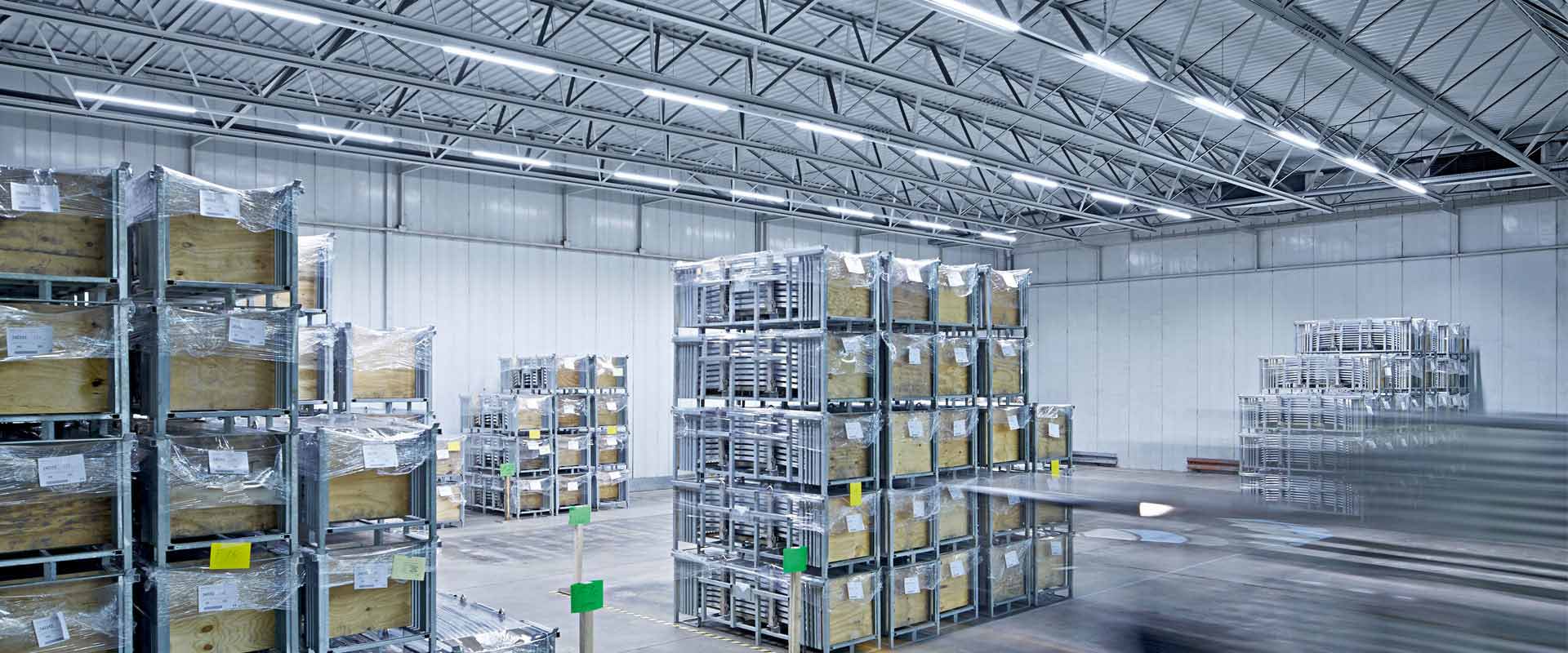For companies purchasing in volume, choosing the right wholesale LED supplier is essential to balance quality and cost.
This article explores key advantages of buying LED lamps in bulk, the role of high bay LED fixtures in industrial spaces, and what to importadora de lampadas de led look for in an experienced LED lighting importer.
Let’s start by looking at the reasons why sourcing LED lighting wholesale is not only cost-effective—but also the smarter long-term choice for industrial facilities.
Benefits of Buying LED in Bulk
For industrial operations, these benefits translate directly into savings on both procurement and energy use.
When purchased wholesale, the return on investment (ROI) becomes even more attractive, especially in spaces requiring high-output lighting such as warehouses, factories, and logistics centers.
Whether you need fixtures for ceilings over 30 feet high or task lighting for assembly zones, buying in volume allows better system-wide integration.

Benefits of Industrial LED Lighting for Warehouses and Factories
Switching to industrial LED lighting transforms the way warehouses and factories operate.
High-quality industrial LEDs deliver brighter, more uniform illumination, reducing shadows and minimizing workplace accidents.
With fewer bulb replacements and reduced downtime, facilities can keep operations running smoothly.
What Makes High Bay LED Fixtures Ideal for Industrial Spaces
High bay LED fixtures are designed for spaces with high ceilings—typically 20 to 45 feet—common in warehouses, distribution centers, and manufacturing plants.
Compared to legacy high-intensity discharge (HID) fixtures, high bay LEDs offer better energy efficiency, instant-on capability (no warm-up time), and superior color rendering.
Advanced models, like the High Bay LED EVO, combine cutting-edge optics, durable construction, and smart features such as dimming or sensor integration.
Key Features of High Bay LED EVO Fixtures
Whether used in warehouses, assembly lines, or cold storage facilities, they deliver consistent, high-quality light.
Additionally, the EVO model often comes with flexible mounting options, optical lens choices, and smart lighting capabilities like motion sensors or daylight harvesting.
Investing in High Bay LED EVO fixtures not only cuts operating costs but also supports sustainability goals by lowering carbon footprints.

What to Look for in an LED Importer
Experienced importers can offer insights into product selection, local compliance requirements, and after-sales support.
Transparent pricing, clear communication, and flexible contract terms are also key factors to consider.
A good supplier doesn’t just sell products—they help you plan, install, and maintain your lighting systems effectively.
Final Thoughts on Choosing the Right LED Lighting for Your Facility
Whether outfitting a warehouse, factory, or logistics center, LED solutions offer unbeatable energy savings, superior performance, and lower maintenance costs.
Selecting the right LED supplier or importer ensures you gain access to cutting-edge products, expert guidance, and reliable after-sales support.
As industries continue to prioritize energy efficiency and sustainability, LED technology will play an even bigger role in shaping the future of industrial operations.
FAQ About Wholesale LED Lighting and Industrial Solutions
How does wholesale LED purchasing save money?
It’s especially cost-effective for large-scale industrial projects with high lighting demands.
When do I need high bay LED fixtures?
High bay LED lights are designed for spaces with ceilings over 20 feet, such as warehouses, factories, and gymnasiums.
What makes the High Bay LED EVO different?
It’s a top-tier choice for demanding industrial applications requiring durability and performance.
What should I look for in an LED lighting supplier?
Look for suppliers with certifications, industrial experience, solid inventories, strong manufacturer ties, and excellent technical support.
How much can I save by switching to industrial LED lighting?
Industrial LED upgrades can reduce energy costs by up to 75% and maintenance costs by up to 50%.